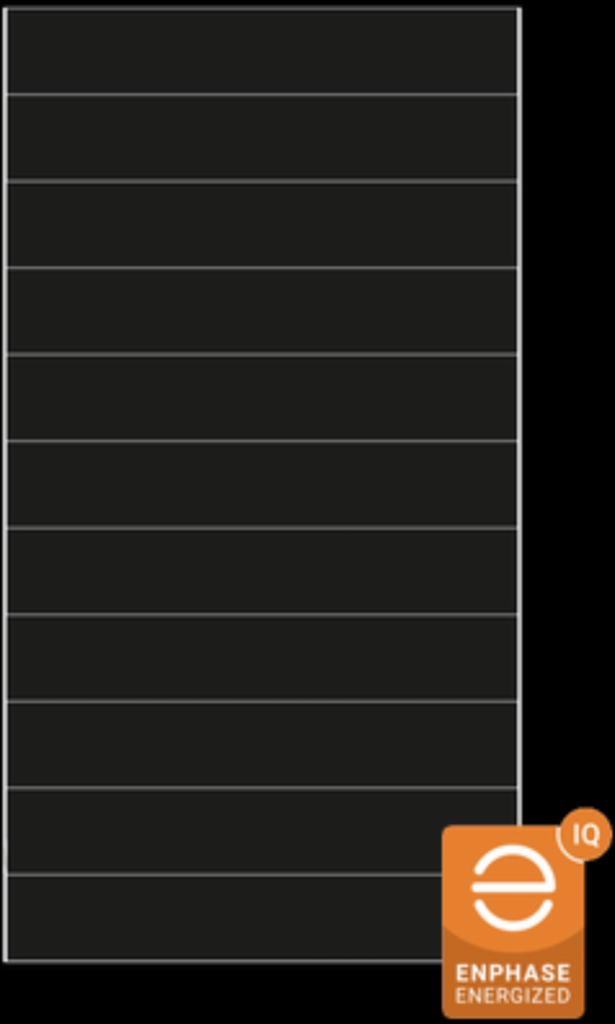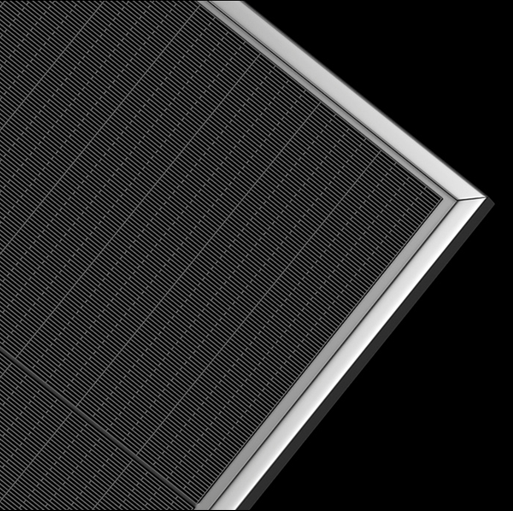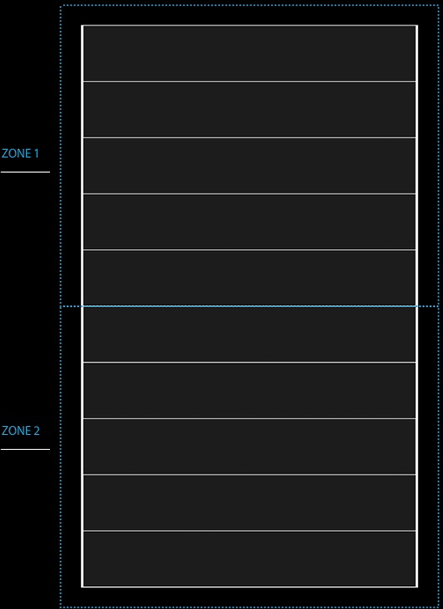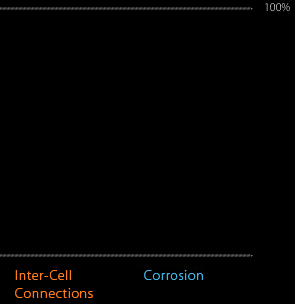NEXT GENERATION SOLAR PANEL MODULE
BUILT FOR AUSTRALIAN CONDITIONS
SOLAR POWER MADE EASY
What Would You Like a Quote for?
NEXT GENERATION SOLAR MODULE
BUILT FOR AUSTRALIAN CONDITIONS
BUILT FOR AUSTRALIAN
CONDITIONS


HIGHEST
ENERGY
OUTPUT

SUPERIOR
LOW-LIGHT
PERFORMANCE

25 YEAR
INDUSTRY LEADING
WARRANTY

24/7 MONITORING
EVERY SINGLE
SOLAR PANEL
Solar panels have been around since 1883 and were invented by American inventor Charles Fritts, he made the first solar cells from selenium. Fast forward to 1954 where Bell Labs took a big leap in solar cell technology by creating the first type of silicon solar cells which are closer to the solar cells we use in solar panels today.
As the space race developed NASA then spent a lot of money on the research and development of solar cells and solar panels as they discovered they would be the best way to power various parts of the spacecraft whilst out in space.
From this development there was an emergence of new lower cost silicon cell technologies such as polycrystalline or multicrystalline solar cells and then higher efficiency solar cells and solar panels such as the mono crystalline solar cells and the HIT hybrid solar cell.
The most popular solar cells used in solar panels today are called PERC Solar cells, this stands for passivated emitter and rear contact. It basically means the cell features an additional layer on the back to allow more sunlight to be captured and turned into electricity. This makes the solar panel more efficient and lower cost per Watt to produce.
The Solar Cells featured in the REA Solar Panels are a modified version of this PERC solar cell technology. The PERC Cell is laser cut into smaller pieces then fused back together with a patented fusion technology to create a flexible solar sheet that provides more surface area to collect solar energy and lowers the amount of inactive space on the solar panel. That is one of the features that allow REA Solar to produce more power with less solar panels.
ADVANCED SOLAR PANEL TECHNOLOGY
Unleashing the true potential of the sun by utilising more solar energy with the technological breakthroughs in component raw materials and advanced manufacturing process. The Fusion Solar module fuses high efficiency crystalline cells intro a uniform sheet with a conductive rear contact paste increasing the solar surface area and durability of the solar module.


HIGHER EFFICIENCY
MORE RELIABLE
SIMPLY SMARTER
Featuring a uniform cell construction the Fusion module increases the solar radiation conversion by maximizing available cell space. The Fusion module utilizes rear contact connection through a flexible conductive paste eliminating conventional soldered copper ribbons giving the module superior performance, reliability and a beautiful sleek appearance.
POWER UP TO
465 w
Peak
High Density Cell
Inactive Space
Reduction
50%
Electricity designed to reduce solar power losses caused by shadowing across the module by utilizing parallel connections between each module zone. This feature also increases reliability as the module has no cell to cell soldered connections.

BREAKTHROUGH CELL DESIGN
Conventional




Flexible Fusion Cell
Connection
Developing a new unique cell structure by fusing high efficiency cell sections into a Fusion solar sheet enabling more solar performance from a smaller space. The design also reduces cell operating temperatures by dissipating heat over a larger surface area and increases the cell flexibility and strength by removing the requirement for soldered cell to cell connections.
Most Common
Cell Failure Causes

Engineered
to Last
Reliable Construction
Conventional Solar Panels tend to lose power over time due to the corrosion and breakage of its cell interconnection points. The Fusion cell design eliminates 82% of the design flaws in conventional solar panel thus increasing its lifetime performance and reliability
AC MODULE DESIGN
SMARTER
SAFER
22v
the operating
window.
startup can be as
high as 150v.

SPECIFICATIONS
REA Power - REA Fusion 430 ACM
TECHNOLOGY COMPARISON

Enphase Energized


No mounting a string inverter
Design changes in field are difficult
Design changes in field are difficult
produced up to 3.1% more energy
system failure
system failure
